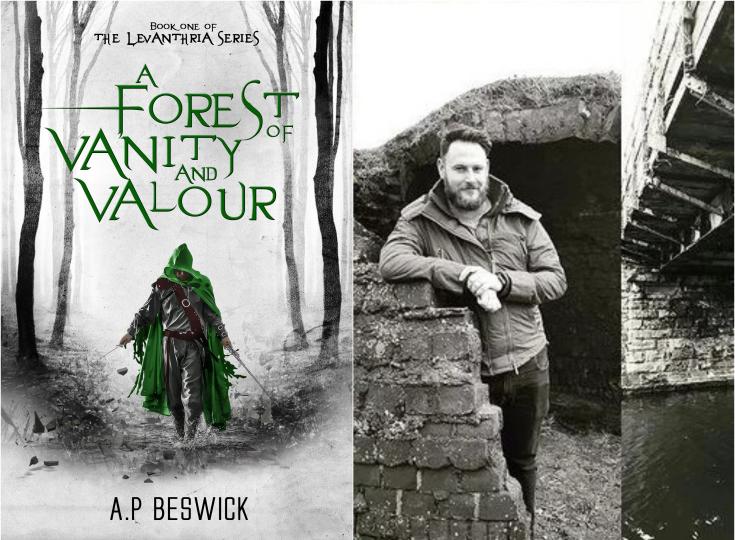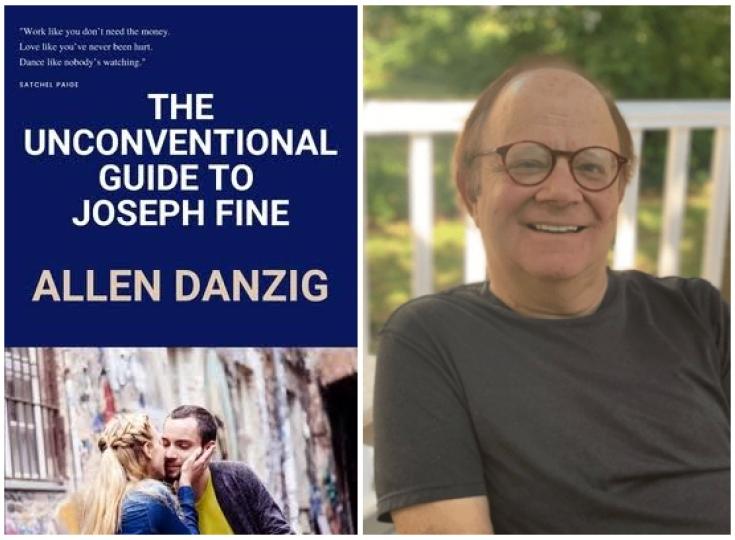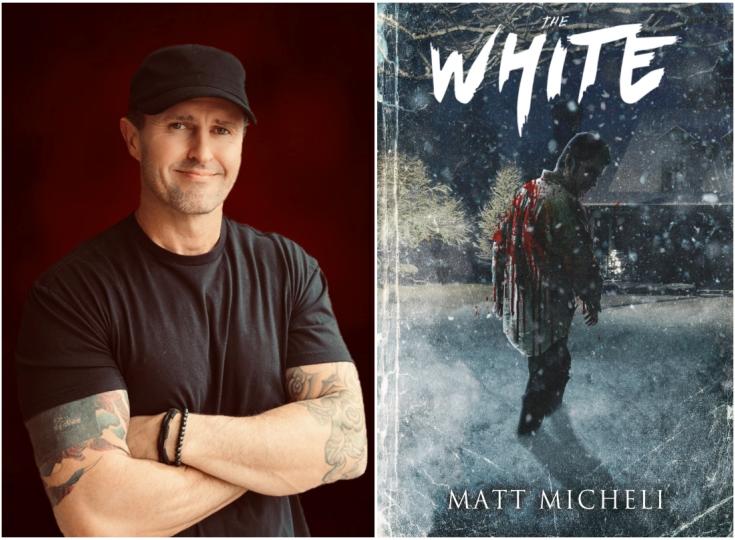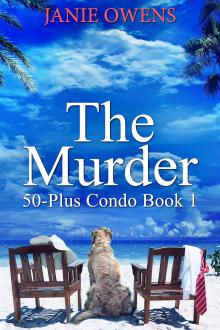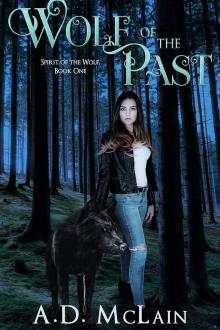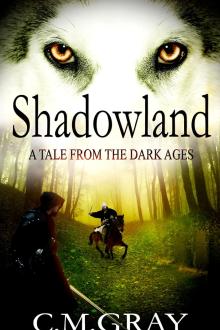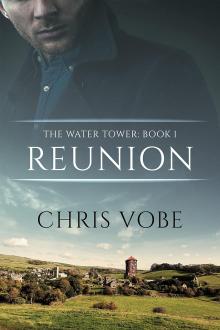F.T. McKinstry - Dark Fantasy, Swords and Sorcery, and Fairy Tales
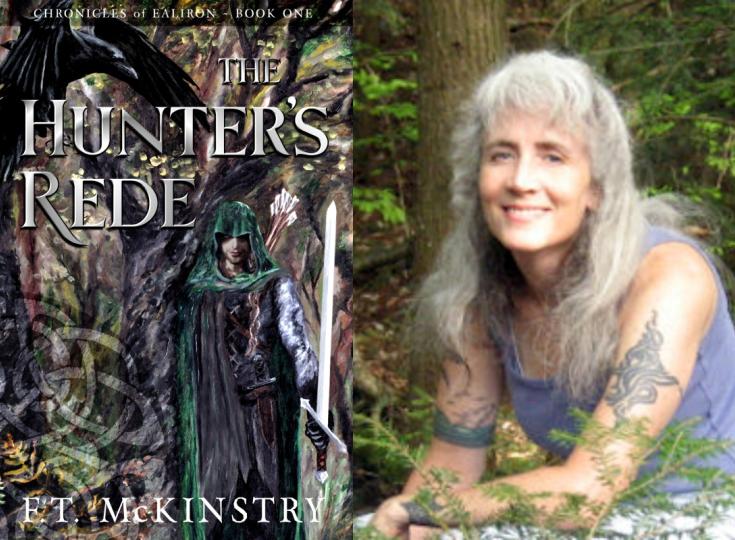
F.T. McKinstry writes dark fantasy, swords and sorcery, and fairy tales. She loves cats, books, forests, music, aquariums, gardens and computers. She lives in the northwoods of New England, doesn’t get out much and has one foot in the otherworld. For years, in the shadows of high-tech jobs, she created fantasy worlds. Now she spends most of her time there. An old-school fantasy geek, F.T.'s work is inspired by Northern European mythology and folklore, mythical creatures, creepy gardens, medieval warfare, shamanism, and plant and animal lore. Her written works include the high fantasy series Chronicles of Ealiron and The Fylking, the short story collection Wizards, Woods and Gods, and a gothic fantasy horror novella called A Northward Gaze. As our Author of the Day, she tell us all about her book, The Hunter's Rede.
Please give us a short introduction to what The Hunter's Rede is about.
The Hunter’s Rede tells the story of Lorth of Ostarin, an assassin with the rough skills of a wizard, a reverence for nature, and a wolfish disregard for rules other than his own. Raised by a wizard with a mysterious past, he eventually blends his training with the arts of war, and soon takes on the trade of an assassin, a lucrative occupation to which he is well suited and singularly accomplished.
When he returns home after a long absence in a distant, war-torn land, homesick, blood on his hands and a fat purse, Lorth discovers rather quickly that there are worse things in the dark than him. Not only is his homeland now occupied by a cruel warlord with an agenda that defies what few things Lorth respects, he is haunted by his past, condemned and hunted by wizards far more powerful than he is, and has no place to turn as all his safe havens fall, one by one. It is then he must plumb the depths of who he is to fight for and save the things he loves—a path that will lead him to a destiny he never imagined.
What inspired you to write about an ancient hierarchy of wizards?
I’m not sure. Since I was old enough to read, I took an interest in all manner of fantastic and mysterious things, so who knows what might’ve come up from that cauldron. In any case, my ideas for this series started percolating a while ago, including the notion of a hierarchical orders of wizards called The Keepers of the Eye with increasingly advanced or specialized magical skill sets, each order corresponding to aspects of nature such as colors, symbols, birds and trees. That basic structure expanded as I went. Side note: There’s a glossary in the book that includes a list of the orders (there are twelve) and their correspondences.
Why dark fantasy? What drew you to the genre?
When I first published this, I didn’t actually call it “dark” fantasy. High fantasy, yes. But the term “dark” can mean a lot of things, so I didn’t go there. However, some of my readers, bless them, referred to the story as that. So I looked at it, and realized, Oh! Supernatural horror, shadowy, tormented characters, war, dark themes…here are a few of my favorite things. Yeah, okay. I missed the forest for the trees.
Besides writing, what other secret skills do you have?
I grew up studying music and almost took up the venerable profession of a classical flutist, but for various reasons that became a path not taken. Now I’m a music geek who loves to engineer playlists. I’m also an artist, and have been drawing and painting all my life, including, these days, book covers, characters, creatures and scenes from my stories. I also love to grow things.
Tell us more about Lorth of Ostarin. What makes him tick?
Being orphaned as a child and raised in the wilds by a wizard gave Lorth a unique set of skills and a different set of rules from those of civilized society. Lawless, ambivalent and complex, preferring the company of animals over that of people, he finds his fortune as a hunter in service to warlords, a solitary occupation in which he answers to few and quickly learns disdain for politics and the dirty intricacies of war, even as he profits from the same. He serves the Old One, a goddess of life, death and transformation who often takes the form of a wolf. Her presence is woven into the Hunter’s Rede, an unwritten set of instinctual codes called Shades by which assassins practice their trade. Like an invisible friend, the Rede whispers in Lorth’s mind as he goes about his dark business, reminding him of the greater forces at work and his part in the balance—for good or ill.
Needless to say, Lorth casts a long shadow, and it catches up to him when the very powers he serves throw his life into chaos.
Interesting cover. Please tell us more about how it came to be.
Being the introspective, socially maladjusted guy he is, Lorth is more comfortable in the wilds than anywhere, and very good at navigating and blending into such environments in the practice of his art. So it was easy to imagine him lurking in the woods (a place where you would not want to encounter him). As for the raven, these clever, opportunistic creatures tend to follow Lorth around as they do wolves, because the chances are good they’ll get a treat of some grisly sort or another.
Readers say your characters are troubled but relatable. How do you go about creating them?
While there is a certain appeal to characters in stories who are all-powerful, pure or utterly evil, I think it’s more immersive when a character flounders in that gray area where things are not so simple, where they are driven by the same torments, insecurities and weaknesses as we all are. So I put myself in that space and let it run. The fun part is when my characters overcome horrendous challenges and are changed in the process.
Do any of your characters ever take off on their own tangent, refusing to do what you had planned for them?
Yes, they do. I’ve learned to keep a loose grip and let my characters unfold on their own. I don’t even think of them as something I created; it’s as if they already exist and I’m just observing and directing things. Over time, I’ve also noticed this weird little thing where characters start coming up in my consciousness when they’re ready to have their stories told.
This is book one of the Chronicles of Ealiron. Can it be read as a standalone? How do the other books in the series tie in with this one?
Yes, this book can be read as a standalone, and it leaves hints to future stories. Each of the books in this series is like that, a chronicle of Lorth’s exploits, tidied up at the end. He appears as a major character in each of them, alongside other characters with their own paths and issues, some of whom also appear throughout the series. It would make sense to read these books in order, because they take place sequentially in time, as Lorth follows his dark path to become an ever more powerful force in the world. But none of them will leave you hanging.
You also added a map inside this book. How much worldbuilding does a series like this involve, and how do you pull it off?
I first started thinking about this series decades ago, before you could google “worldbuilding for fantasy novels,” though I probably wouldn’t have. I was so clueless, I just started writing. I had read quite a few fantasy novels by this time, and that inspired me, like a calling. I wrote hundreds of thousands of words—the earliest versions of these stories—and the world of Ealiron came to life.
I drew maps early on, to visualize places, help me lay out some basic things, and give me ideas that helped build the storylines. It was an interactive thing. I did a bunch of them, showing different realms where the stories take place, and kind of fit them together. Originally they were big, messy sketches with chicken scribble all over them. Good times.
I will add, taking the rough mountain road approach to worldbuilding taught me a great deal, because when I started writing my next series, The Fylking, that world came into focus in much less time and it’s no less complex. I learned to step into it, not treat it like something outside of me, and write what I see.
When starting on a new book, what is the first thing you do?
Procrastinate until I have an existential crisis that drives me to sit down, face the infinite void and start writing unless I want to end up in a home or something.
Do you have any interesting writing habits? What is an average writing day like for you?
I talk to myself like an old bag lady. Sometimes, story scenes come up like that. I also have to write with music in the background. Back in the day, I was a coffee addict. Now, not so much, though chocolate keeps me motivated. Oh and I allow myself to be shamelessly distracted by all the plants and little creatures living in the fish tank on my desk. They help me. So does my cat.
I’m not sure I could define “an average writing day.” A good one is when the story is tearing a hole in my head; a bad one is when it wanders off like the cat and ignores me. Most days are somewhere in between. I admire writers who can make a schedule and stick to it. I’m lousy at that.
What are you working on right now?
I am presently working on Masters of the Veil, the third book in The Fylking.
Where can our readers discover more of your work or interact with you?
You can find out what I’m up to here:
http://ftmckinstry.com/
https://www.bookbub.com/profile/f-t-mckinstry
http://www.goodreads.com/ftmckinstry
http://www.facebook.com/ftmckinstry
https://twitter.com/ftmckinstry
https://www.pinterest.com/ftmckinstry/
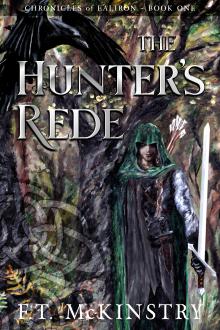
An ancient hierarchy of wizards. Votaries of the old powers. Warlords, fiends, and shadows. A highly paid assassin with the rough skills of a wizard and a penchant for bringing things to their darkest ends is about to discover there are worse things in the dark than him. “Highly recommended - this is a masterpiece.”
